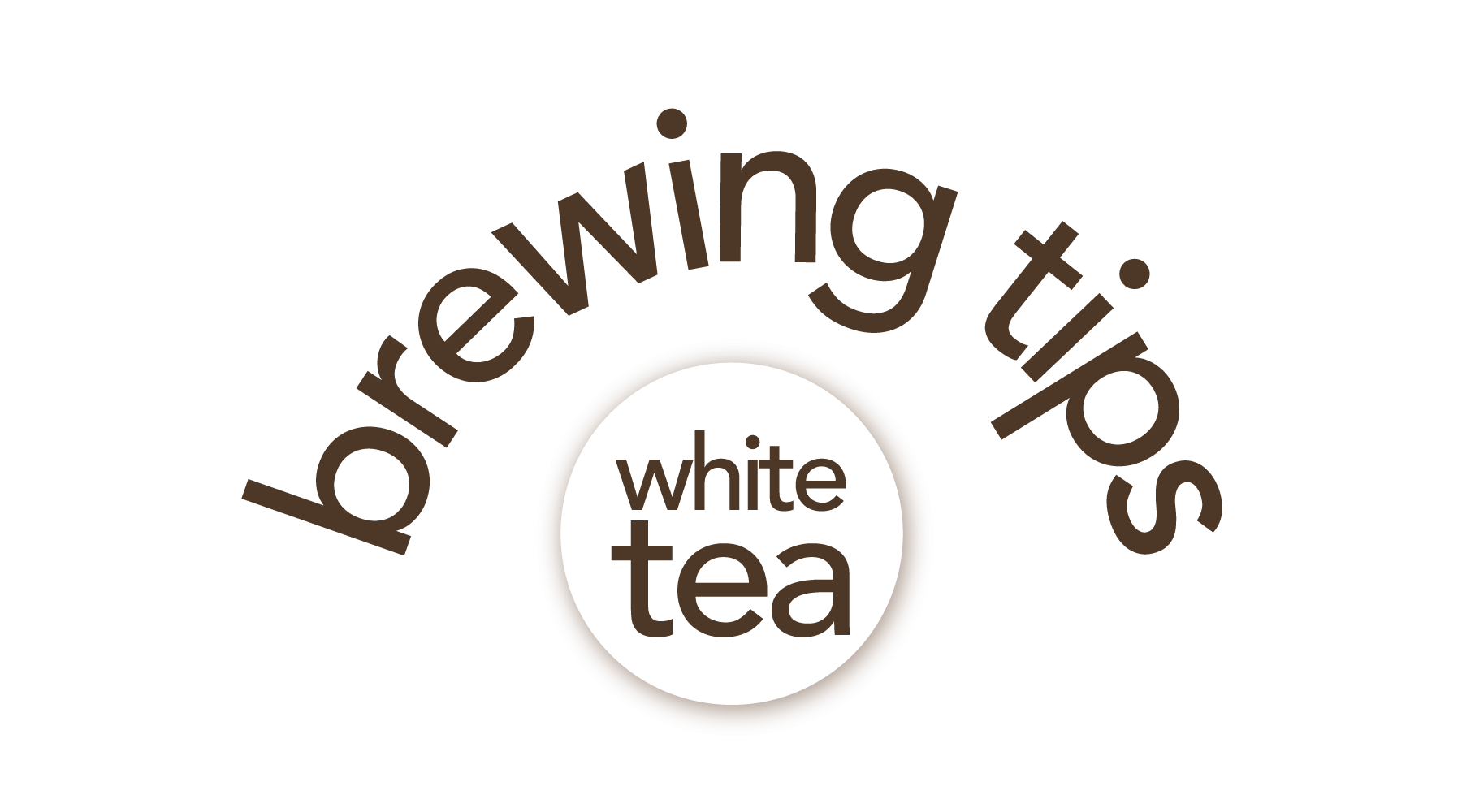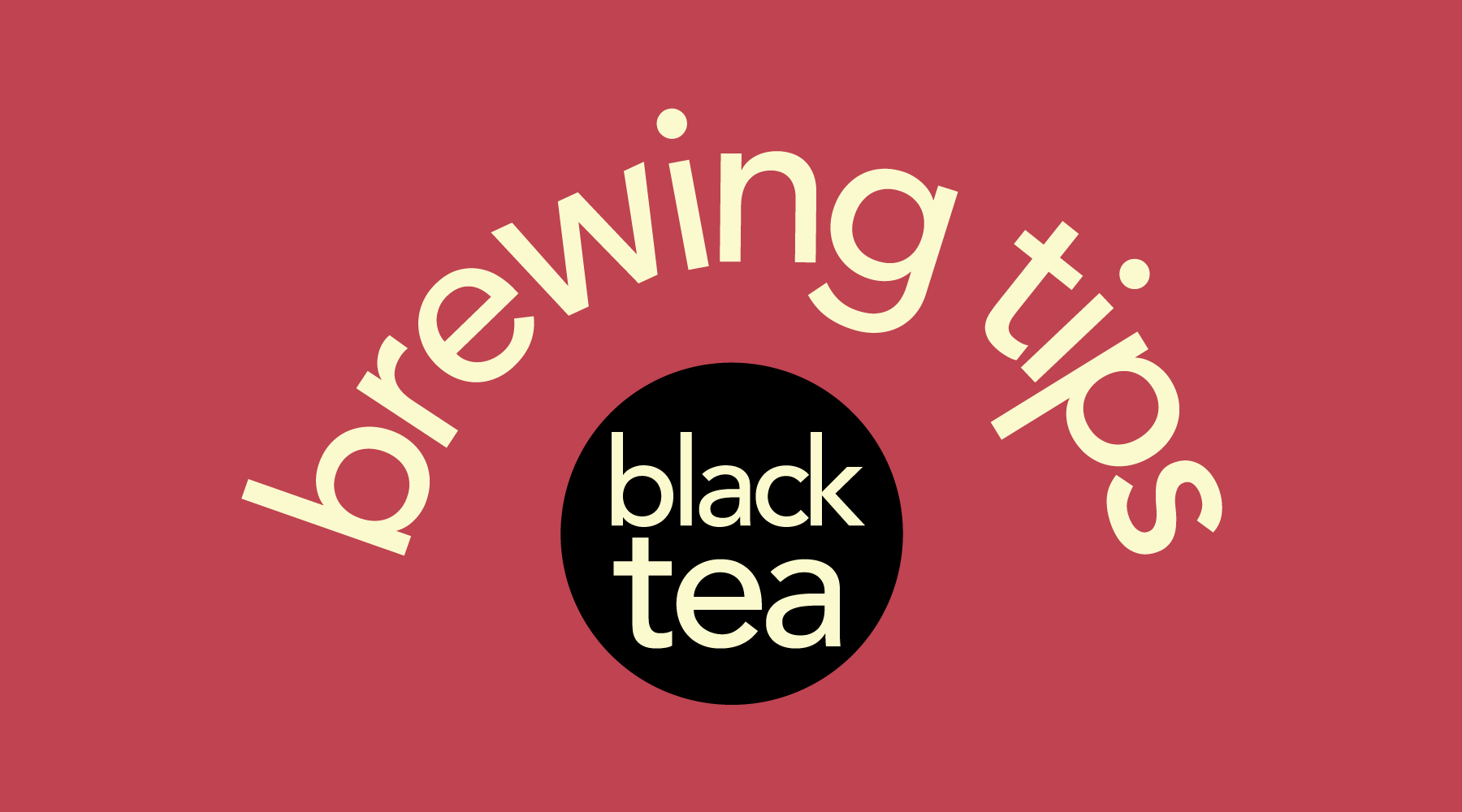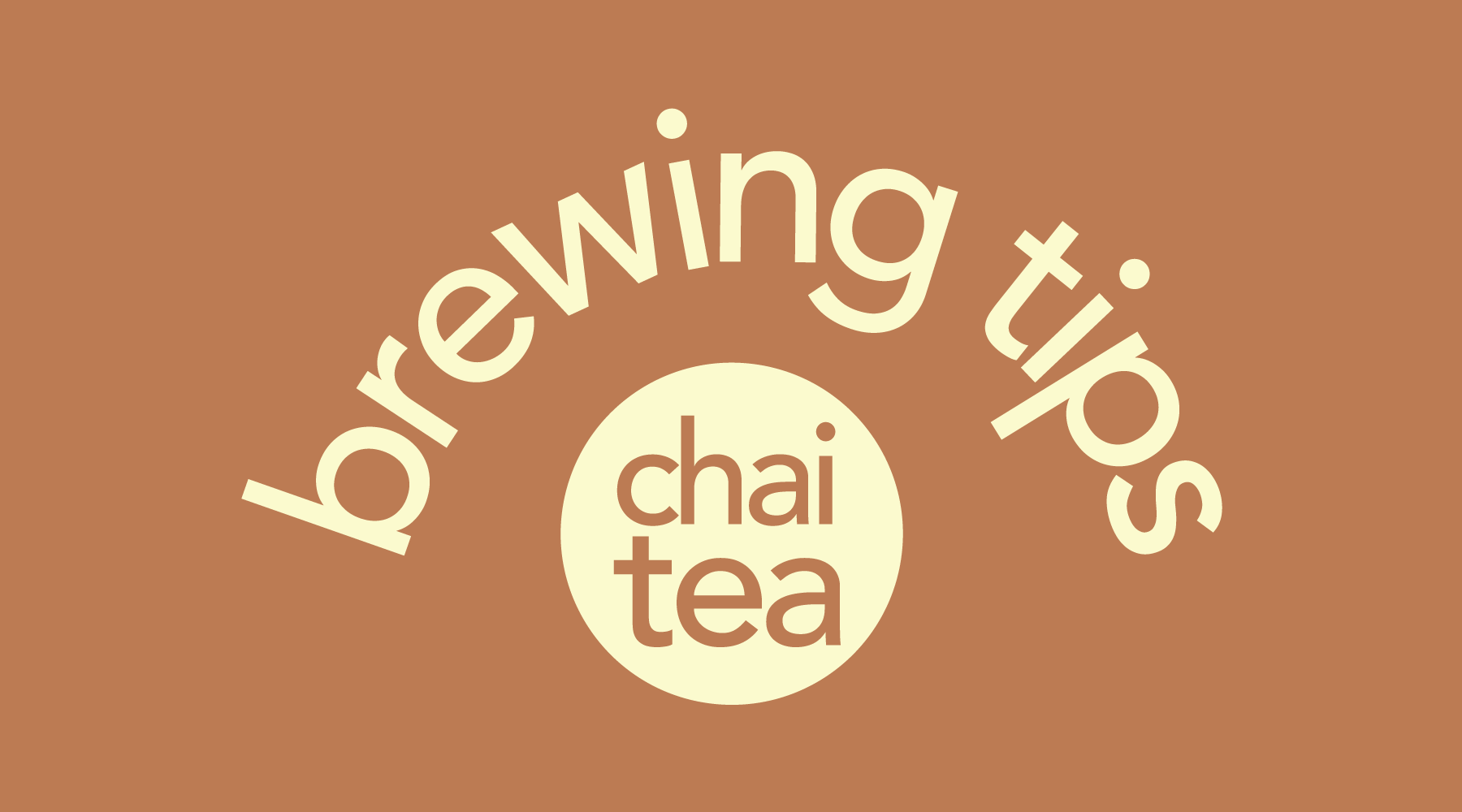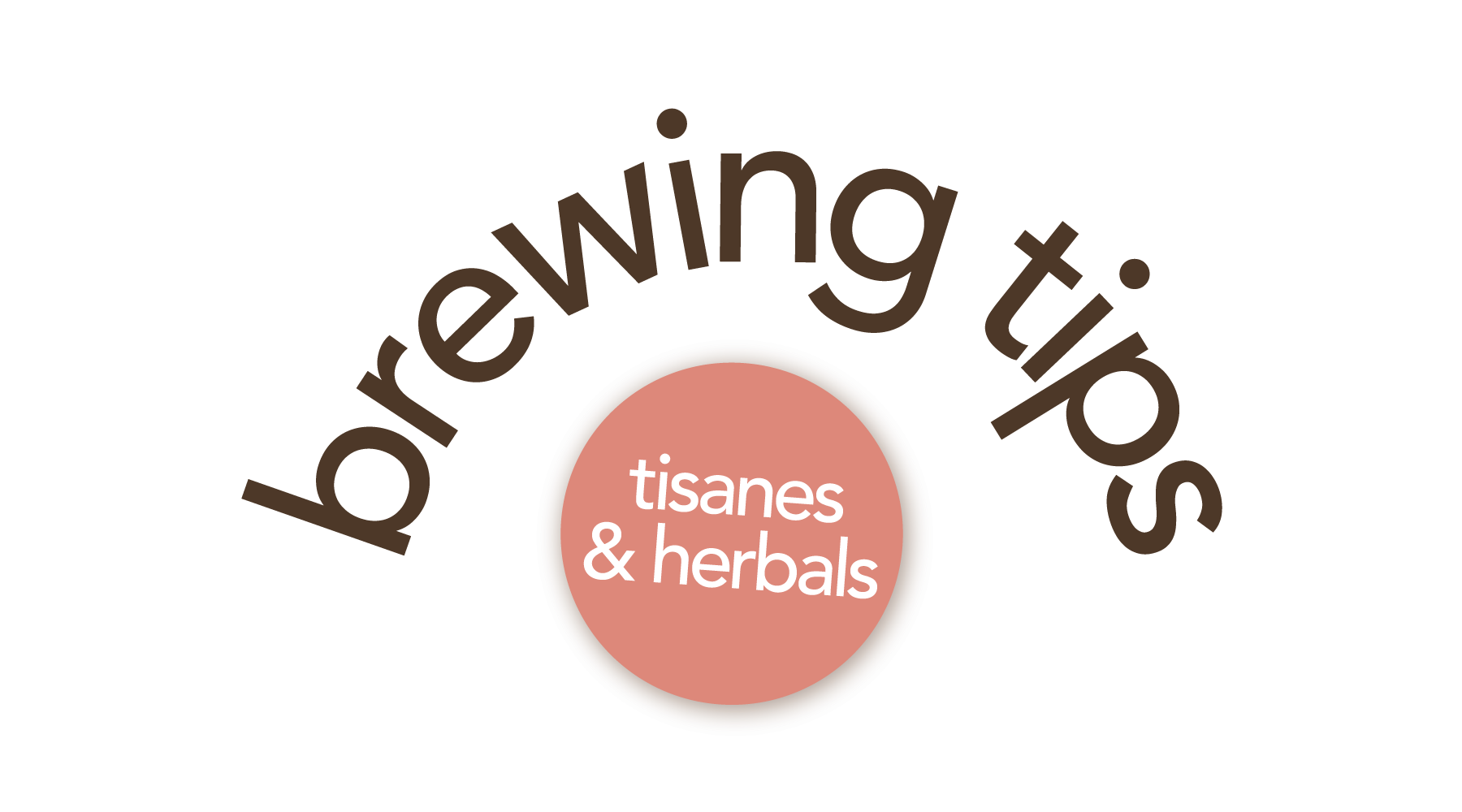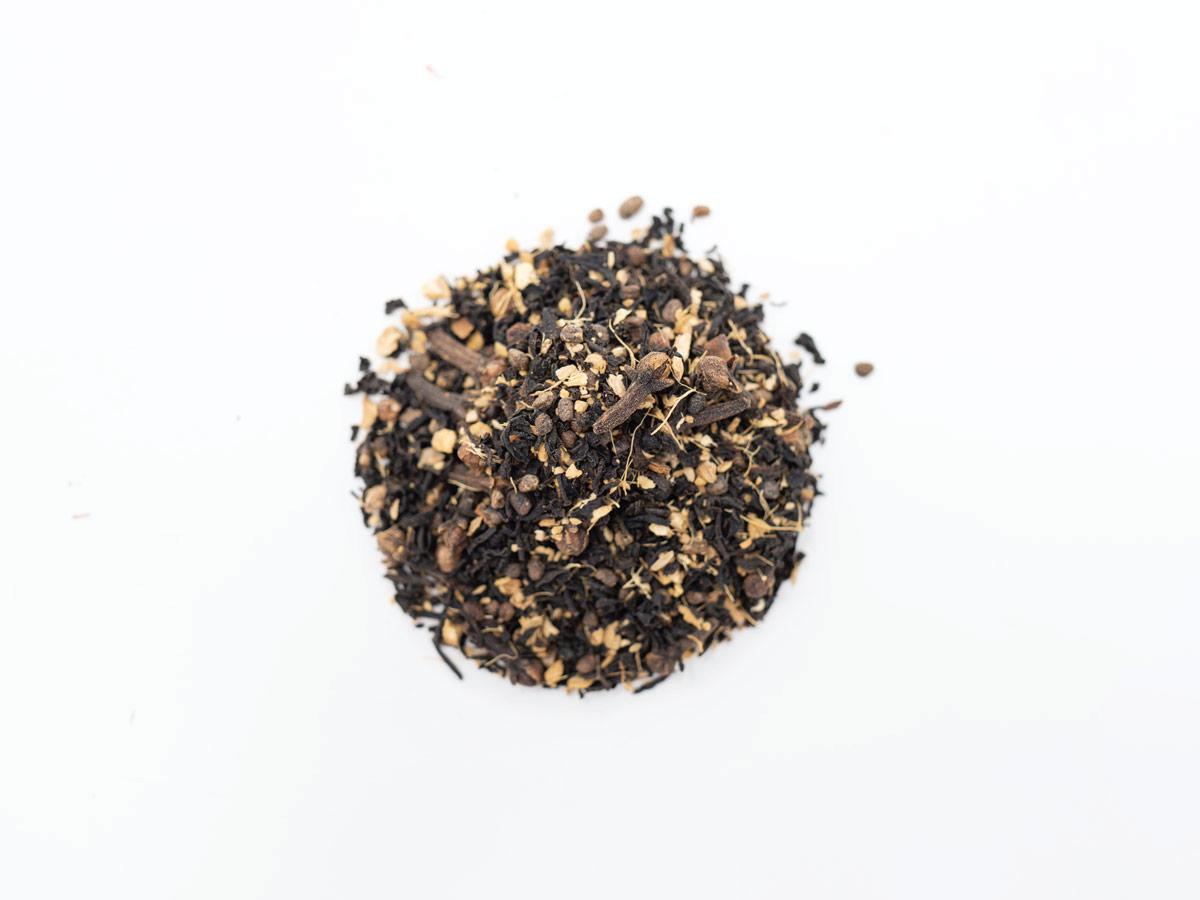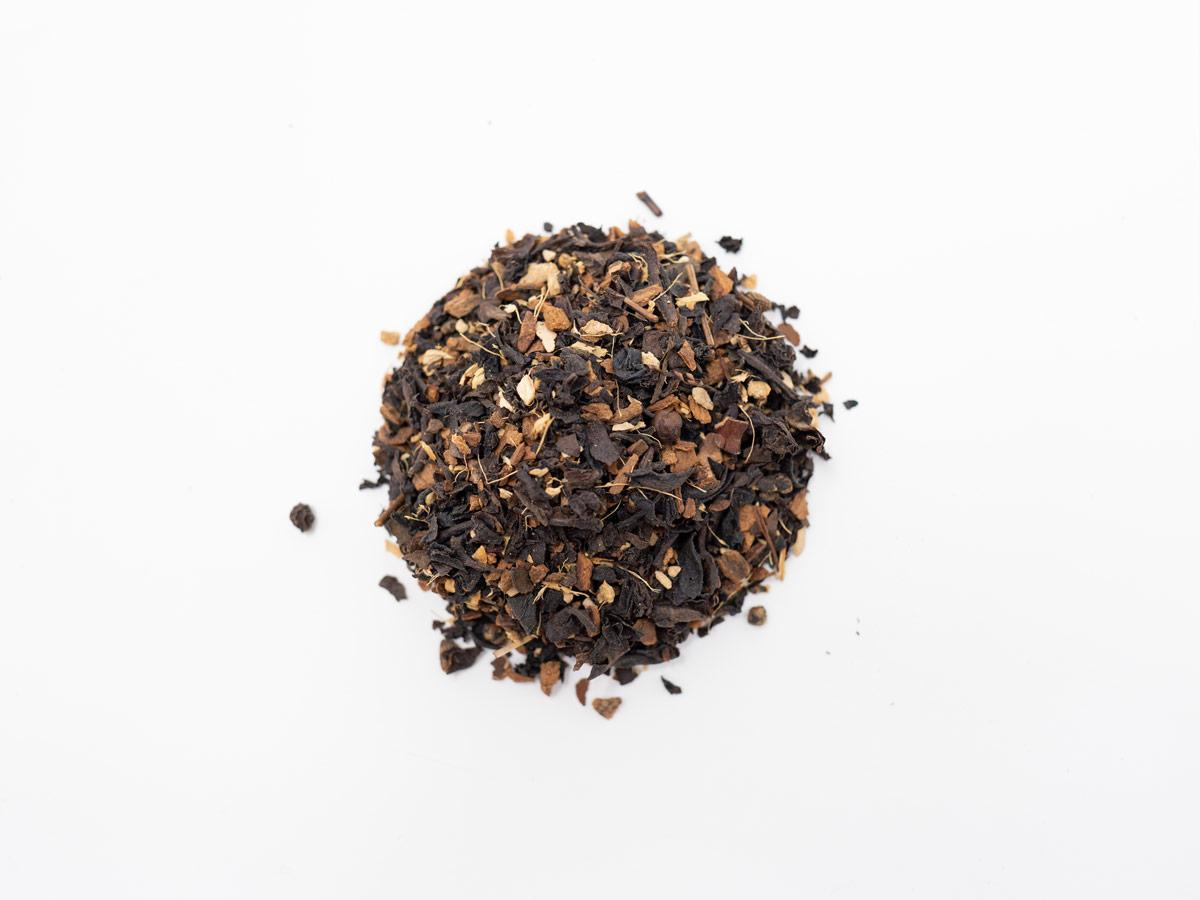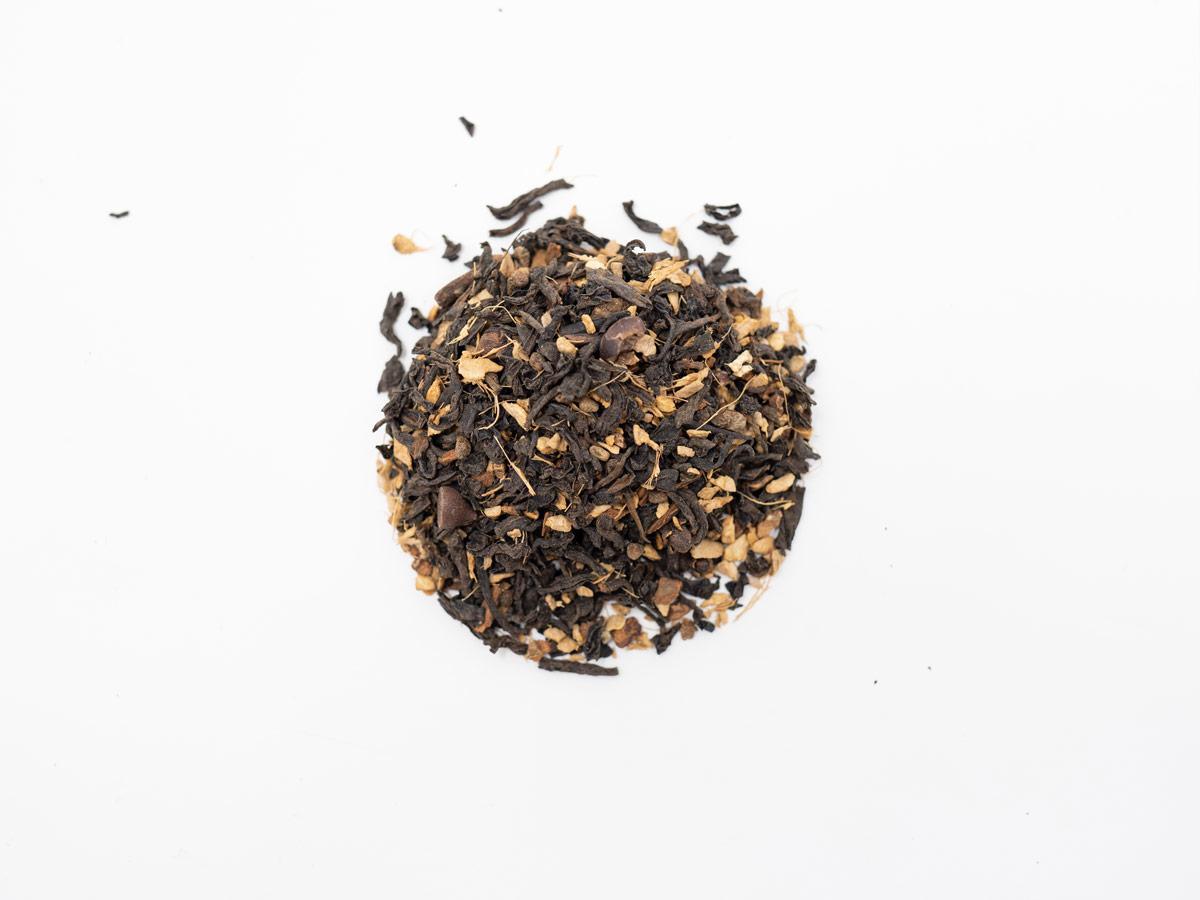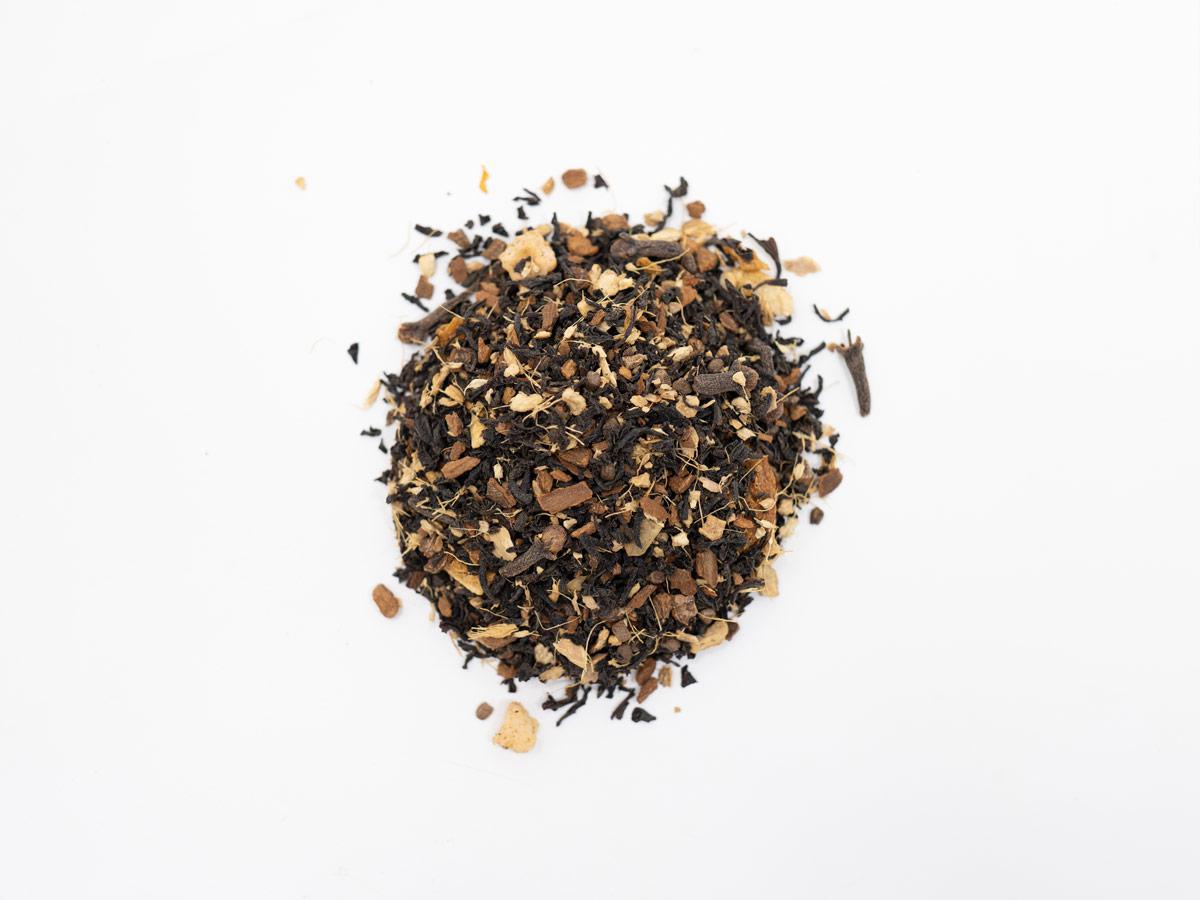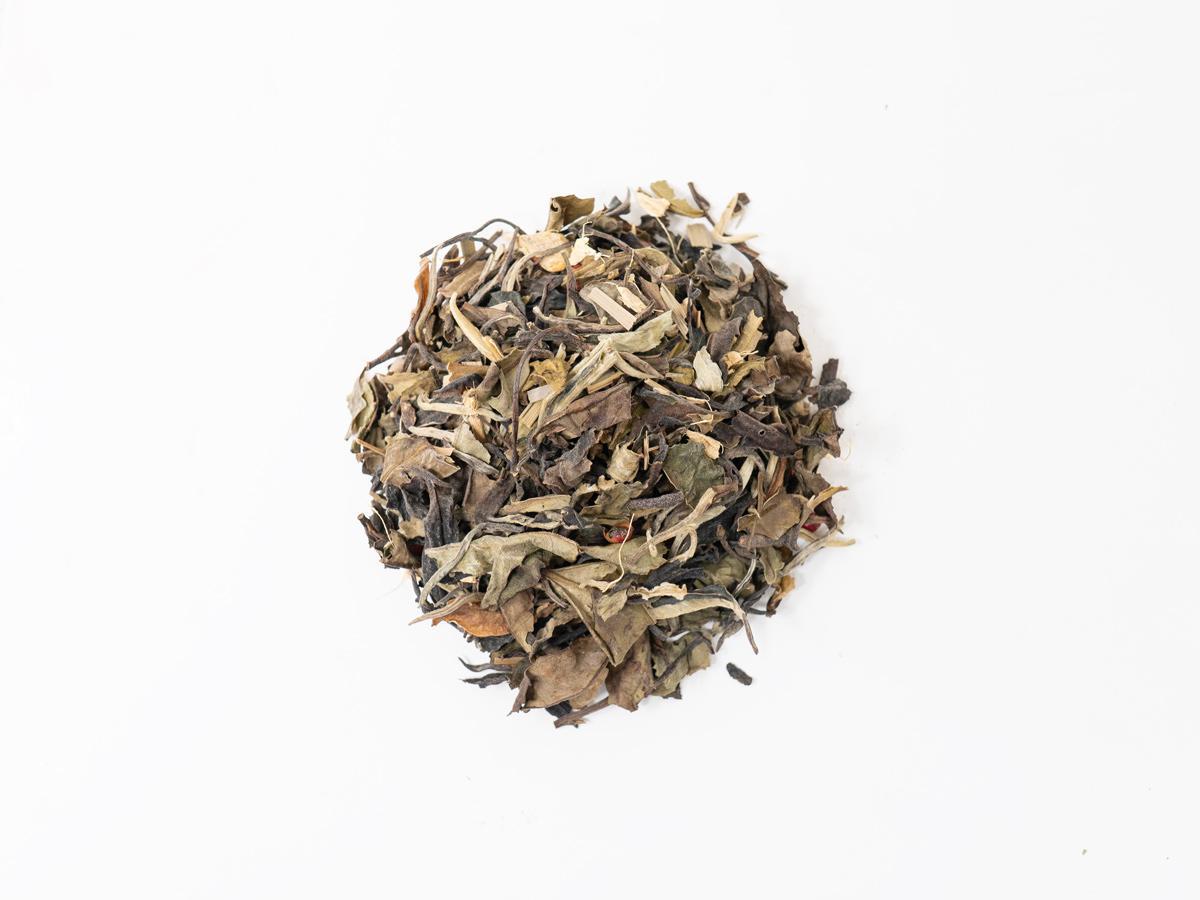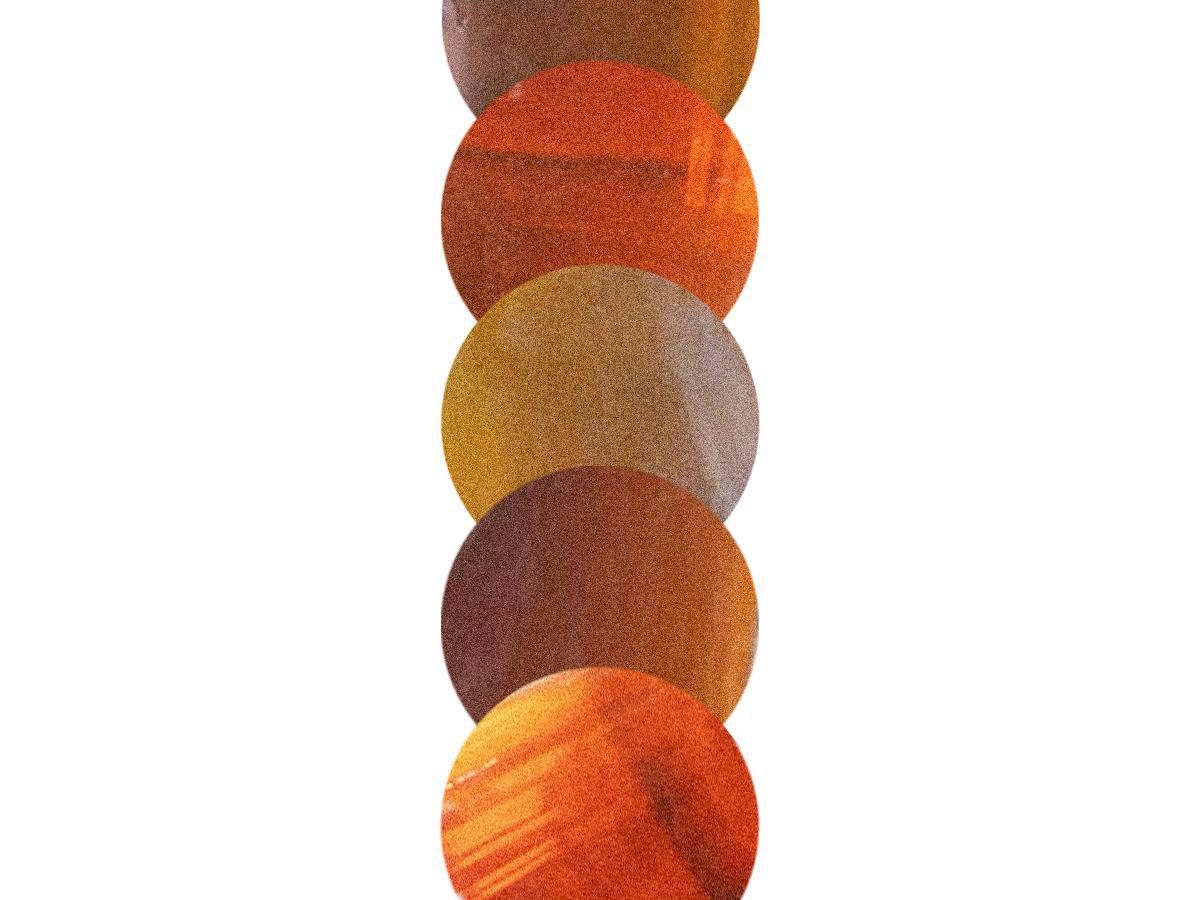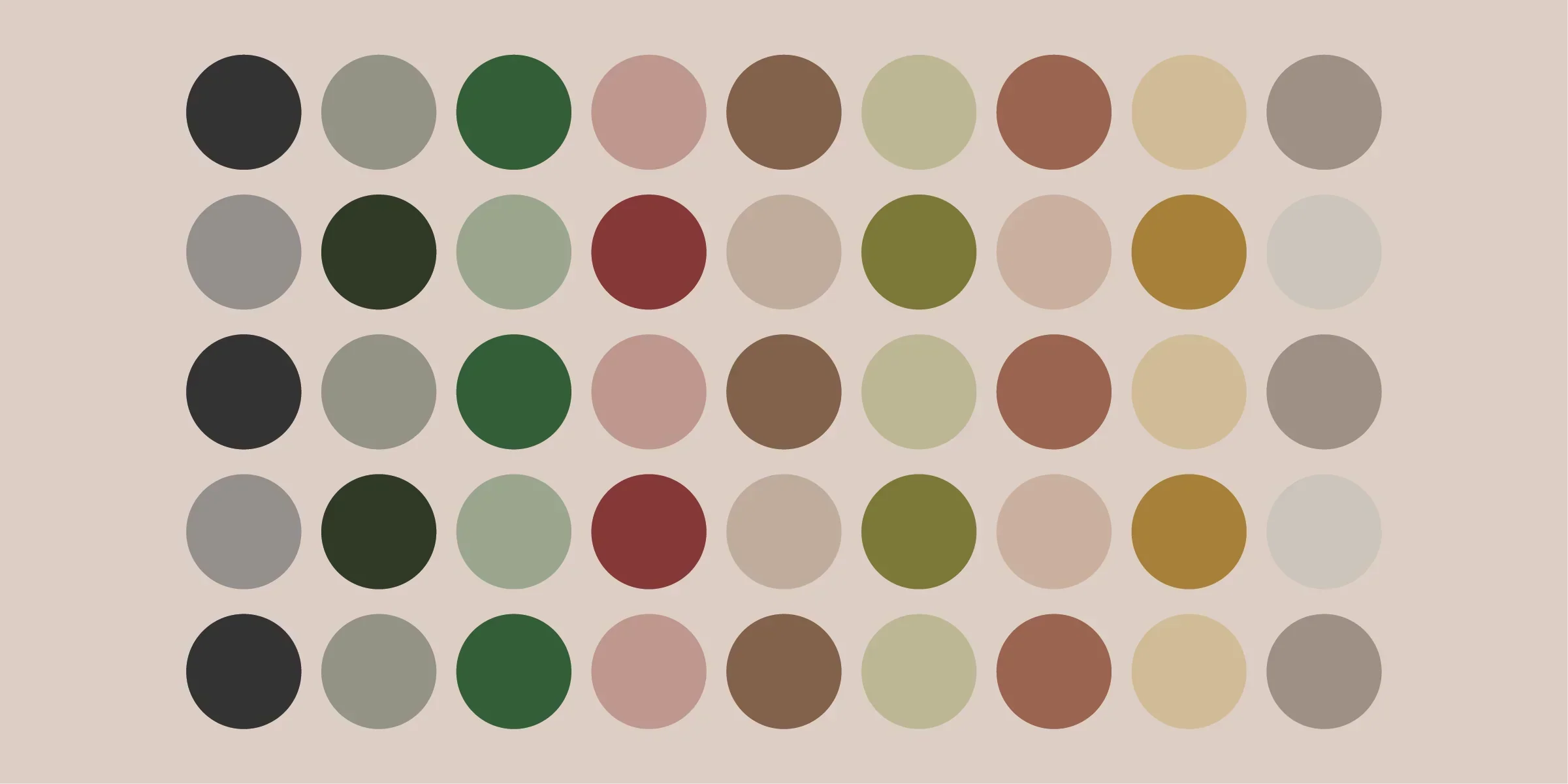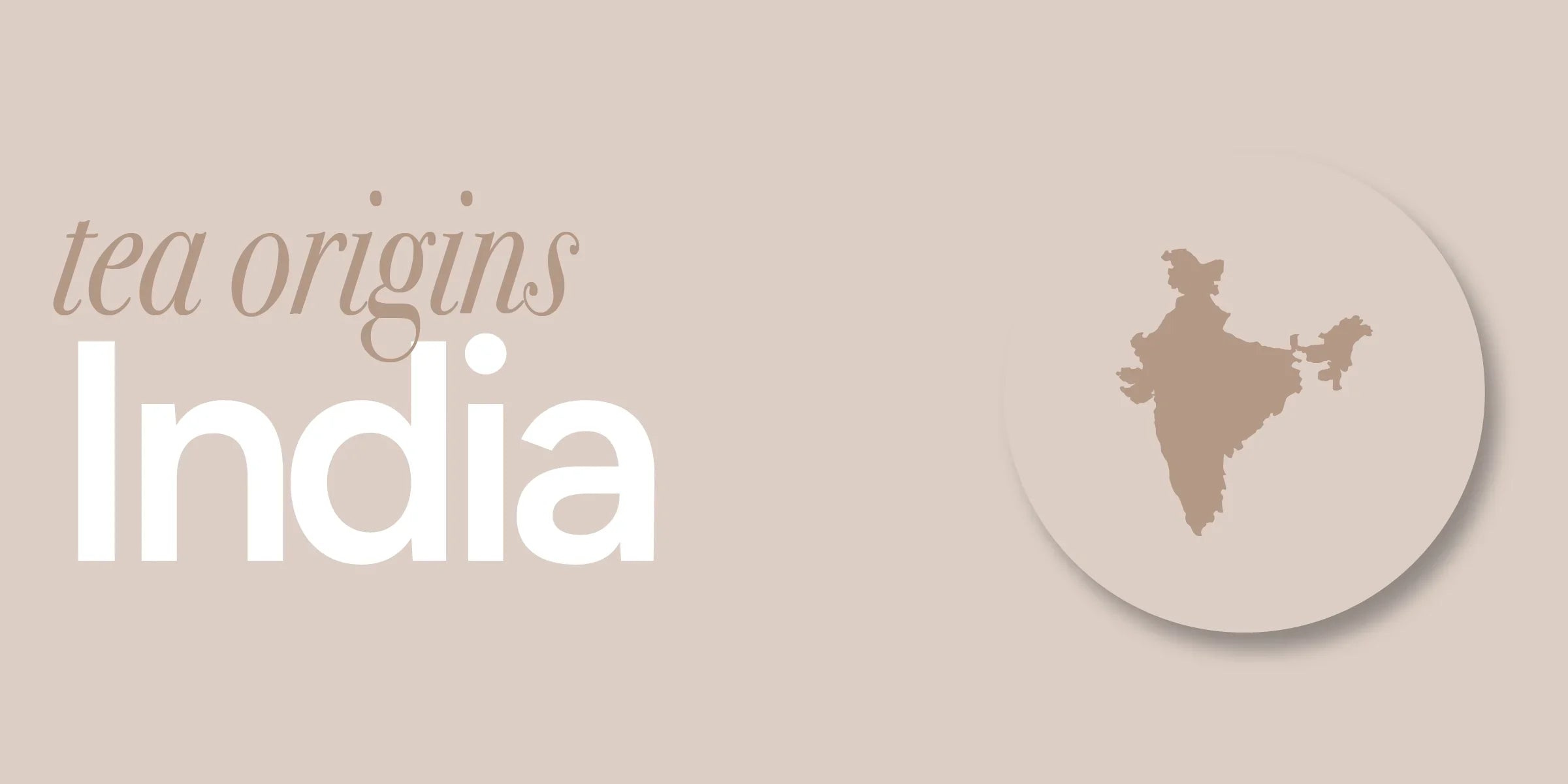What is Chai?
Chai, which is the Hindi word for tea, originated in India more than 5,000 years ago. It is made using a blend of spices, also known as "masala," and when steeped, it becomes a comforting, aromatic beverage. Some of the constant ingredients you will find in chai include cinnamon, cloves, and ginger. In the beginning, chai was primarily used for healing and medicinal purposes. As tea expanded across India and grew in popularity, it became a drink of culture and enjoyment. In its original form, chai was an herbal beverage and did not contain tea leaves. It was not until the mid-1800s that chai was blended with black tea, officially making it a "true tea." During this time, it was a common British practice to combine black tea with milk and sugar. The British soon discovered that chai's flavor profile married well with black tea, and it became a popular addition. While India was under British rule, Camellia sinensis plants were discovered and harvested, and black tea became the most commonly used base for chai blends. Assam and Darjeeling black teas are native to India and are the most frequently found tea leaves in chai recipes.
Over time, chai spread across Indian borders to numerous countries and continents. Every new region has added its own interpretation to the chai recipe, and now, chai is combined with all types of tea and ingredients. Because of its versatility, health benefits, and delicious flavor, chai has become one of the most beloved and widely enjoyed tea blends. There is not a store or coffee shop insight that does not offer chai in some capacity. Few teas can provide the comfort, aroma, and spice that chai brings, and the taste we have grown to love will continue to evolve and improve in the years to come.
Brewing Ratios & Temperature
As with any loose-leaf tea, it is crucial to find the ideal brewing ratio and temperature for a pleasant drinking experience. For a traditional chai, recipes typically call for around 1.5-2 teaspoons of chai blend per mug and then steeped in one-part milk to 2-4 parts water. Some prefer to steep the tea in water and add the milk after. For a stronger chai taste, you can skip the milk entirely. It is important to remember that the longer the chai blend is steeped, the more intense the flavor will be.
It is important to note that when steeping with tea leaves, you have to be mindful of the steep time. When steeped, tea releases tiny particles called "tannins," and those tannins give tea its astringency. Tannins are needed because they promote tea's health benefits and add a brisk flavor to the cup. When tea is steeped for too long, the overabundance of tannins can cause the tea to taste bitter and leave the mouth feeling dry. In contrast, tea steeped too quickly or not long enough will not release enough tannins needed for a flavorful and beneficial brew. For herbal teas, you can steep the ingredients for as long as you would like due to the high aromatic compounds and decreased tannin levels. Since every tea is unique, it is crucial to be aware of the process and knowledgeable about each tea's ideal steep time.
Check Out our Brewing Guide for the Different Tea Types
Different Ways to Brew Chai
In addition to chai's versatile ingredient list, it can be brewed a variety of ways. From hot to cold, plain or with milk, chai can be enjoyed all year round and as any beverage style. The most popular forms of chai are black tea or herbal based and brewed with milk, sweetener if desired, spices, and other complementary ingredients like lemongrass or chocolate. Indian chai blends are more earthy and spicy, while Western recipes are light and sweet. The caffeine level of chai will vary depending on the type of tea you use, with black tea being the most caffeinated.
For chai blends with a black tea base, you want the water temperature to reach 200-212° and the steep time to be 3-5 minutes long. The steep times and temperatures will vary depending on the other types of tea leaves used. For instance, green tea chai requires a cooler temperature (175°) and less time to steep (2 minutes). Herbal chai blends are less strict when it comes to brewing since they are composed of spices and ingredients that do not come from the Camellia sinensis "true tea" plant. This original, herbal method is convenient because you can compile ingredients from your pantry to create your unique chai variation. At Hackberry, we have done the compiling and blending part for you and offer various chai blends (both tea-based and herbal) to simplify the brewing experience and satisfy the palate.
Click Here to Discover our Versatile Selection of Chai Blends
Our Favorite Chai Recipes
Vanilla Chai Tea Latte *One Serving
This recipe is delicious, creamy, and perfect for those that prefer a more subtle chai flavor. You can make this by steeping our Warm Vanilla Chai blend and adding steamed milk. For extra pizazz, we enjoy topping it off with some homemade whipped cream and cinnamon garnish.
What You'll Need:
- 1.5-2 teaspoons Warm Vanilla Chai (or your Chai of choice)
- 6-8 oz water
- ¼ teaspoon vanilla extract
- ½ cup milk (any kind)
- ½ cup heavy cream
- 1 tablespoon sugar
- Cinnamon or nutmeg for topping
- T-Sac Filter
- Kettle
- Handheld milk frother
- Mug
Instructions:
- Scoop the loose-leaf tea into a steeper or filter bag and place it in a 12 oz mug (this way, you have enough room for milk/toppings).
- Add water to the kettle and heat until it reaches 200-212°. Pour water into the mug and steep for 3-5 minutes.
- Meanwhile, in a small saucepan, combine the milk and vanilla extract and stir over medium heat until you see little bubbles form along the edges. Turn off heat.
- Make the whipped topping by using a handheld frother. Whip the heavy cream and sugar until soft peaks form. You want to use a larger container, so there is room for the whipped cream to move. *You can also keep it simple by using store-bought whipped cream.
- Remove steeper or filter bag and pour the desired amount of steamed milk into the mug.
- Top it off with a dollop of whipped cream and a sprinkle of cinnamon or nutmeg.
Make it Iced:
- After the tea is steeped, allow it to cool to room temperature.
- Add ice to a glass, followed by vanilla extract, tea, and cold milk.
- Stir together and top off with whipped cream and a sprinkle of spice.
Dirty Chai Tea Latte:
Do you know what tastes great with the flavors of chai? Coffee! This recipe is perfect for the coffee connoisseur and is the perfect boost of energy when you need it most. Delicious both hot and iced!
What You'll Need:
- Same ingredients as above. *You can use any Chai blend for this recipe, and vanilla extract can be optional.
- 2 oz of espresso or 5 oz brewed coffee
- Maple syrup (optional)
Instructions:
- Follow the same steps 1-4 you used to make a Vanilla Chai Tea Latte.
- Remove the steeped tea leaves and add 2 oz of espresso or 5 oz brewed coffee. Mix with a whisk or spoon.
- Pour the steamed milk and add whipped topping or extra spice if desired.
- To increase the sweetness, I recommend adding a teaspoon of maple syrup. The maple flavor pairs perfectly with the coffee and chai spice.
You can make this recipe iced as well. Follow the same instructions for the Iced Chai Tea Latte and make sure to let the coffee cool before combining.


